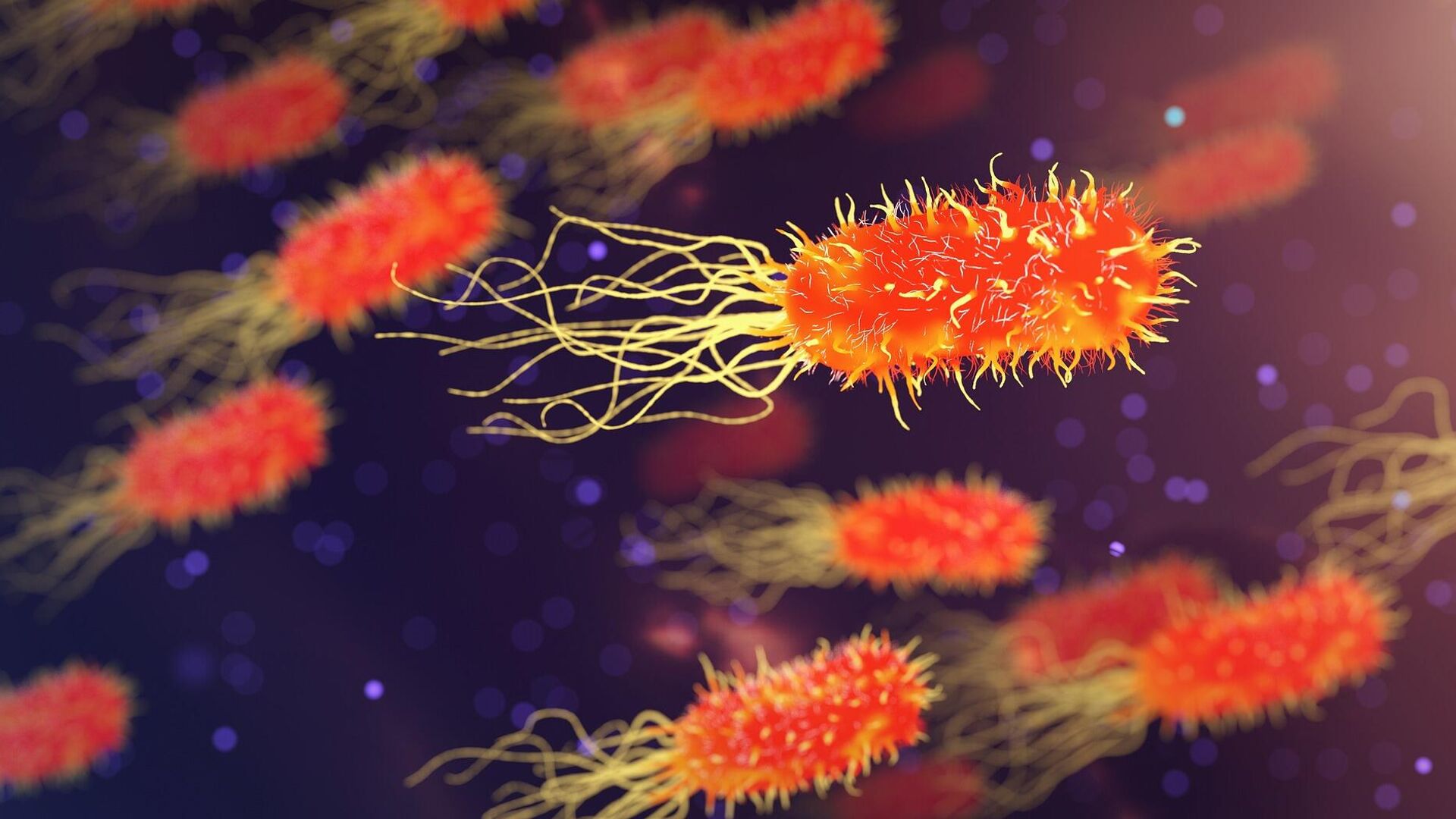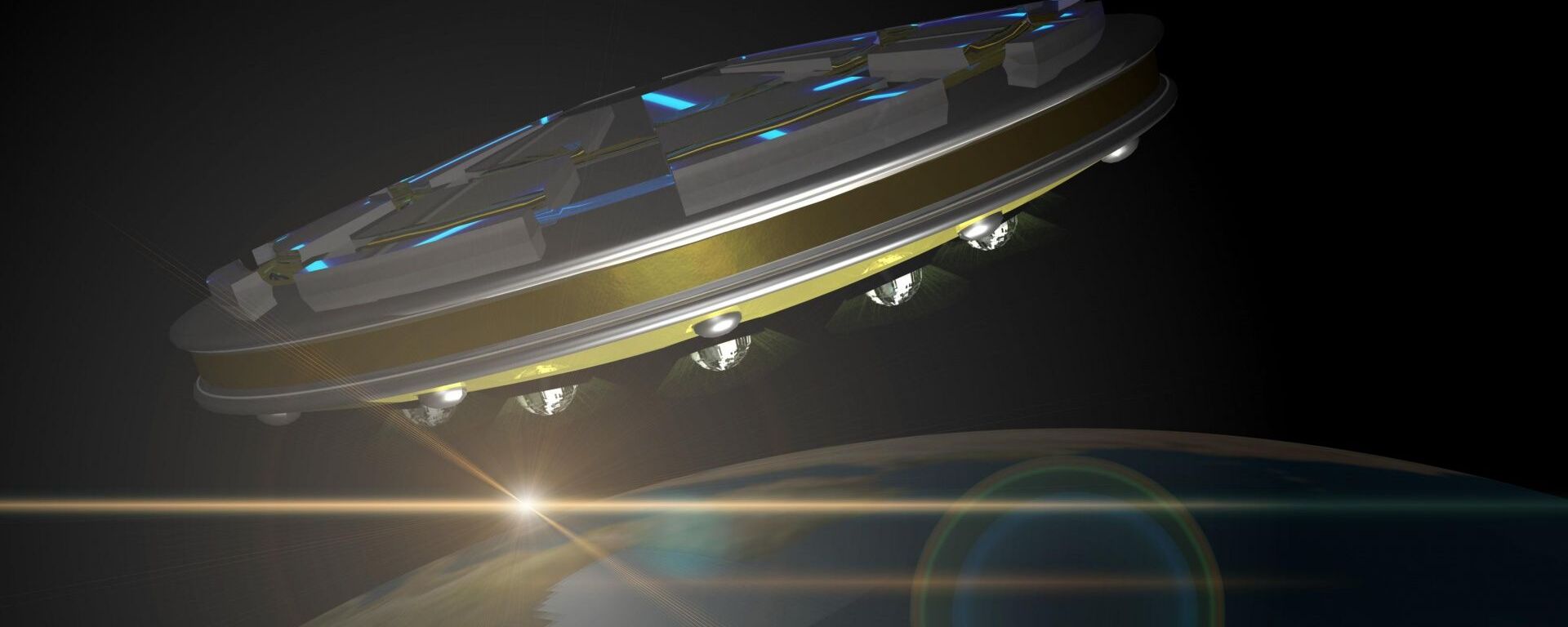Space Exploration Could Lead to Invasion of Earth by Viruses & Microorganisms, Scientists Warn
00:27 GMT 18.11.2021 (Updated: 12:21 GMT 14.02.2023)

© Public Domain
Subscribe
The pandemic outbreak has led to concerns over epidemiological security, with some scientists even speculating that the virus has an extraterrestrial origin. The idea of alien contamination is not new, as scientists have long known that polioviruses and bacteriophages are capable of surviving in vacuum and cosmic ionizing radiation.
The relentless improvement of space exploration may pose a risk of invasion, not by aliens, but by mycobacteria and viruses from extraterrestrial areas, BioScience reported on Wednesday.
“Owing to their massive costs to resource sectors and human health, biological invasions are a global biosecurity issue requiring rigorous transboundary solutions,” said Anthony Ricciardi from McGill University.
The threat is not as distant as it may seem, as despite precautionary measures by space agencies, “bacterial strains exhibiting extreme resistance to ionizing radiation, desiccation, and disinfectants have been isolated in NASA ‘clean rooms’ used for spacecraft assembly.”
Peek inside the NASA Mars 2020 rover clean room https://t.co/ekR63VWPw8 pic.twitter.com/WvBO5mzUge
— CNET (@CNET) February 28, 2019
The international community should develop the field of invasion science, which examines such threats and assesses their consequences. Scientists have stressed that “protocols for early detection, hazard assessment, rapid response, and containment procedures currently employed for invasive species on Earth could be adapted for dealing with potential extraterrestrial contaminants.”
Invasion science has already adopted a number of ideas that work on our planet. In particular, the fact that remote and isolated areas, such as islands and lakes, are more exposed to the threat of contamination.
Apart from that, scientists outlined the difficulty of prognosis in this field and the critical importance of early detection in managing microbial threats. According to Ricciardi and his colleagues, portable real-time DNA sequencing technologies, coupled with databases of known organismal contaminants, could facilitate rapid responses.
After coming back from the moon, the Apollo astronauts spent about two weeks inside this thing
— Infinimeme the Vaccinated (@Infinimeme) February 1, 2020
The ability for life to exist on the Moon wasn't well understood at the time, and measures were taken to ensure the astronauts weren't bringing back extraterrestrial pathogens pic.twitter.com/1cNQNOXunI
The biologists also noted that “greater collaboration between invasion biologists and astrobiologists would enhance existing international protocols for planetary biosecurity—both for Earth and for extraterrestrial bodies that could contain life.”
Earlier, a study, published in the science journal Astrobiology suggested that viruses may exist on exoplanets as well as on other planets of our solar system. Astrobiologists from the US and Japan theorized that virions, viral particles consisting of nucleic acid and proteins, could easily be expelled from atmospheres and attach themselves to other cosmic bodies.
It is highly likely that they were thrown into space due to the astronomical number of virions and their small size. Or, for example, they could have arrived on Earth with meteorites. It has been proved that bacteriophages can survive under vacuum and cosmic ionizing radiation. Similar processes are likely to occur on other habitable planets.
Meanwhile, pathogens are the engines of evolution and the emergence of complex life forms would be impossible without them. Scientists believe that the appearance of viruses is inevitable on planets with biological organisms.
So far, there are no scientific tools capable of detecting viruses on other space objects due to the lack of common biomarkers for them. Scientists have proposed using transmission electron microscopes (TEM) for this purpose, with which it is possible to determine the presence of virions and their unique morphological features. However, TEMs, due to their size and weight, are difficult to install on spacecraft.



